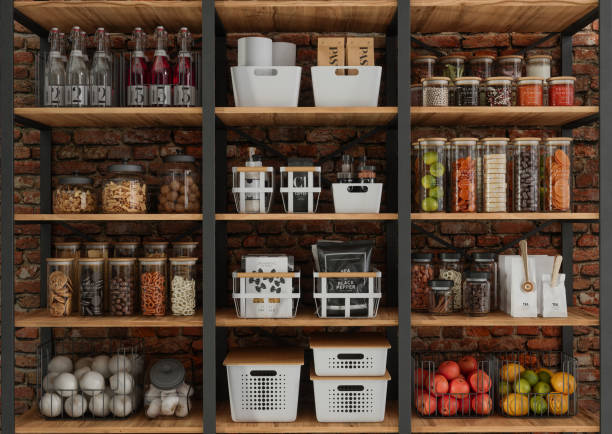Smart organization tips for entryways and mudrooms
Entryways and mudrooms are transitional spaces that set the tone for the rest of the house. Thoughtful organization and smart storage solutions reduce daily clutter, streamline routines, and extend the life of outdoor gear. This article offers practical, design-aware tips for making these areas work harder and smarter.

Smart organization tips for entryways and mudrooms
A well-organized entryway or mudroom balances function and appearance so that shoes, coats, bags, and seasonal tools are easy to find and store without creating clutter. Start by evaluating available square footage, traffic patterns and the types of items used daily. Small changes—such as adding designated storage zones, adopting vertical solutions, and using moisture-resistant materials—can make these spaces more resilient and easier to maintain. Integrating simple plant displays or durable surfaces also helps these transition spaces feel intentional rather than afterthoughts.
How can storage and organization improve daily flow?
Designate clear zones for shoes, outerwear, bags, and frequently used accessories to reduce the time spent searching for items. Use labeled bins or cubbies for each family member and position them close to the entry door. A bench with built-in storage provides a seat for putting on shoes while concealing items beneath. Vertical hooks and wall-mounted organizers keep items off the floor, making cleaning easier and preventing water or dirt from spreading into living areas.
What storage solutions fit small entryways and mudrooms?
In compact spaces, favor narrow shelving, stackable containers, and slimline racks to maximize usable area without blocking movement. Over-the-door organizers and magnetic strips can hold keys, mail, and small tools. Opt for clear or consistently labeled containers to locate items quickly. Consider fold-away or multipurpose furniture—such as a bench that doubles as a shoe rack or a coat tree that can be moved—to maintain flexibility in small footprints.
How can containers, potting, and soil ideas be useful indoors?
Containers designed for indoor use can organize gardening tools, gloves, and small pots near a mudroom sink or utility area. Keep a small potting station with coarse soil, a dustpan, and a designated container for used potting soil to limit mess. Use stackable trays to contain spilled soil and an easily washable mat beneath potting containers. Small indoor planters can also purify air and soften the room’s look while relying on appropriate container and soil choices to avoid runoff.
Can lighting, hardscaping, and decking influence layout?
Good lighting ensures safety and ease of use; layer ambient lights with task lighting over benches or lockers to make finding items easier in low light. Hardscaping-inspired materials—like tile or sealed concrete—are practical in mudrooms because they tolerate moisture and are simple to clean, much like outdoor decking materials adapted for indoor durability. Durable floor finishes and well-placed lighting reduce wear and make the transition from outside to inside feel seamless.
How might landscaping, irrigation, mulching, and pruning affect access?
Exterior maintenance directly influences the cleanliness and functionality of entryways. Regular pruning and mulching reduce debris tracked indoors, while well-designed irrigation prevents mud and puddles from creating recurring messes at the door. A defined path with hardscaping or decking leads visitors to a clear entry, minimizing the spread of dirt. Coordinate with local services if needed to maintain borders, plantings, and drainage to protect the approach to your entryway.
How to maintain seasonal items and composting practices nearby?
Store seasonal gear—like winter boots, hats, or rain slickers—in easily accessible containers labeled by season. A small, sealed bin for compostable yard waste can sit near a back or garage entry, but ensure it is emptied frequently to avoid pests and odors. If you keep a compost collection container inside, use tight-sealing lids and washable liners, and create a routine for transferring material to outdoor composting areas. Regularly clean and re-seal containers to prevent odors and staining.
Conclusion
Optimizing entryways and mudrooms revolves around thoughtful storage, durable materials, and simple routines that prevent clutter from migrating into living spaces. Combining vertical solutions, labeled containers, adequate lighting, and attention to nearby outdoor maintenance creates a cohesive system that supports daily life. Small investments in organization and resilient finishes pay off in ease of use, cleaner interiors, and a more orderly transition between outdoors and indoors.





